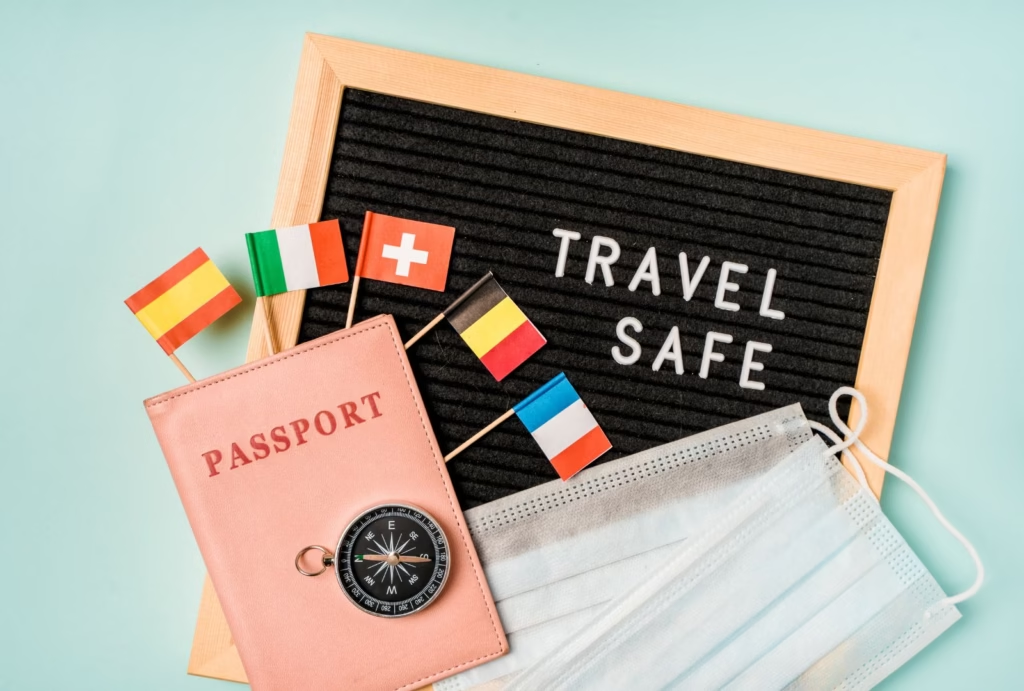How to Travel to India for Medical Treatment Safely during Monsoon
June to September marks India’s monsoon season, bringing cooler weather and lush green landscapes. However, it also presents certain travel and health challenges, especially for medical tourists. To ensure Safe Medical Travel India, patients must plan wisely and take necessary precautions. This step-by-step guide is designed to help international patients experience secure and smooth medical travel in India during the rainy season, making their treatment journey comfortable and stress-free.
Check Advanced Weather Forecast
Plan ahead and check the local monsoon weather forecast for your Indian destination city. Mumbai, Kerala, and Kolkata get heavier rains, and Delhi and Hyderabad get moderate rains.
Select a Suitable Indian City
Not all places are equally affected by the monsoon. For lesser hassle:-
- Select Delhi, Chennai, or Bangalore
- Avoid flood-prone areas like Assam or coastal Kerala
- Take seasonal travel tips from your hospital
- A prudent choice can avoid delay and discomfort.
Book Flexible Flights
Because of the rain delay, book flights that have flexible reschedule features. Book morning flights since they will be less affected by weather.
Arrange Hospital Access & Services
Pre-book the hospital to have:-
- Smooth ambulance pickup
- 24×7 emergency service
- Rainy airport drops
- Standby power source and dry-zone wards
Indian hospitals are completely functional during monsoon, but it never hurts to verify.
Carry Weather-Proof Stuff
For convenience and security, carry:-
- Waterproof mobile medical records
- Rain jackets and waterproof mobile covers
- Travel-sized mosquito repellent and hand sanitizer
- Ziplock packets for medication
This keeps documents, electronics, and health devices waterproof.
Do Not Eat Outside On The Go
Monsoon increases the risk of:-
- Food poisoning
- Infections through water
- Stomach infections
- Do not eat outside or have unhygienic street food.
Stay In Hospital-Highly Recommended Hotels
Hospitals are more likely to have facilities that consist of hotels or guest houses nearby.
These provide:-
- Hygiene guarantee
- Ambulance facility
- Clean drinking water
- Storm-proof power backup
These hotels stress medical needs and comfort.
Use Pre-Booked Transport
Do not take a last-minute taxi in waterlogged conditions. Instead:
- Book hospital pickups
- Cab services with live tracking (Ola, Uber)
- Do not move by local rickshaws or buses in the rain
- Pre-arranged transport minimizes exposure and stress.
Keep All Medical Documents Handy
Have digital and hard copies of:-
- Prescriptions
- Medical reports
- Passport and visa
- Emergency contacts
Having a backup comes in handy even if bags get delayed or waterlogged.
Stay Informed with Your Embassy
Subscribe to local weather reports and embassy newsletters during the monsoon. In the remote event of floods, they can help with:-
- Relocation
- Emergency evacuation
- Medical relocation
Hence, remain in touch with your country of origin’s consulate in India.
Conclusion
The Indian monsoon may bring heavy clouds, but with the right precautions, it doesn’t have to dampen your medical journey. With thoughtful planning and awareness, Safe Medical Travel India is completely achievable—even during the rainy season. By following practical tips, international patients can experience secure and stress-free medical tourism in India, ensuring comfort, clarity, and care at every step.



